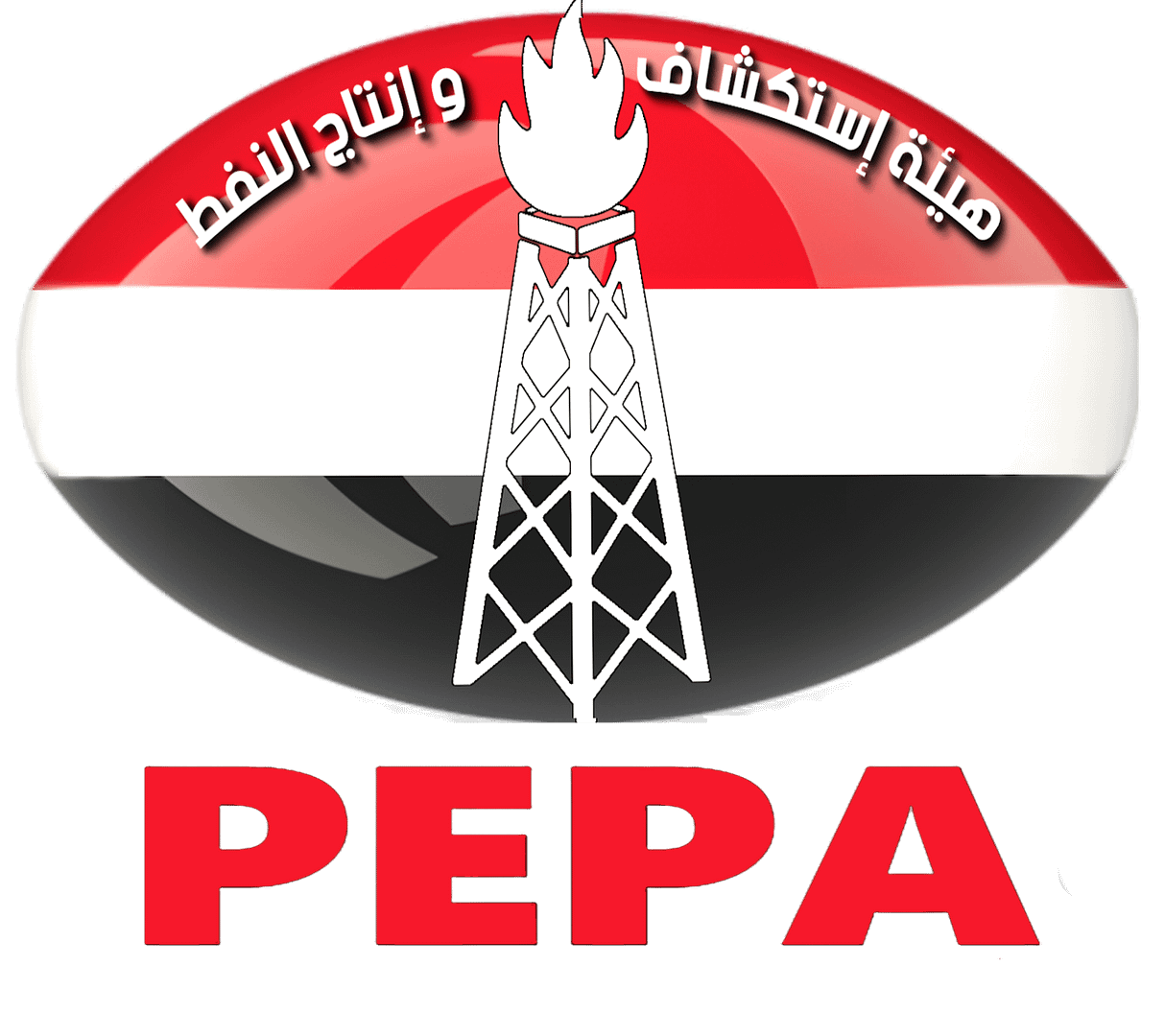Production History
Production History


The Alif field became producer in 1986, it was the first producing field in Yemen. The field produced light grade oil with an average of around 145,000 b/d of crude in 1988. The Azal field was brought into production in the first half of 1988 and produced an average of 14,000 b/d that year.
In 1989, the Al Shura, Saif Ben Yazen and Jabal Nuqum fields also came into production at a combined rate of 2,700 b/d. The Asa`ad Al Kamil field came into production in September 1990, and produced an average of 27,600 b/d of crude in 1991. In 1991, the Al Wihdah, Jabal Samadan and Raydan fields were brought into production. The Shaharah and Wadi Ban
In September 1986, the production and export of the first oil shipment was started from block 18 via the pipeline to Ras Issa Terminal.
In April 1987, in (Block 4) Shabwah governorate commercial oil was discovered in three fields by a (former) Russian company Technoexport. These are West Ayad, East Ayad and Amel fields. Developing of the block was done through building its plants and construction of pipelines to Belhaf Port on the Arab Sea.






Yemen LNG

